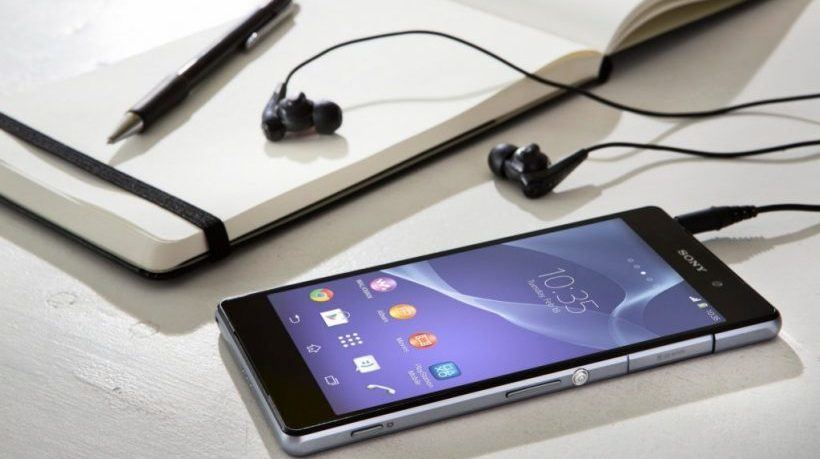Deciding To Use Technology In Your Class
Teachers of all kinds face challenges. Are the instructions clear? Are the materials relevant and interesting? Will the lesson last for a whole class? There’s nothing worse than the moment you realize your lesson plan is falling flat. You’ll do everything you can to avoid that moment. So with every lesson, you reflect on what worked and what didn’t. You improve your materials and hone your delivery. You stick to your repertoire, never straying too far from the path. And it works for you, more or less. But are things starting to get a little stale? Are you doing your learners a disservice by turning a blind eye to ideas that could add some shine to your lessons? It could be time to incorporate some technology into your class.
Maybe you’ve already thought about it but didn’t know where to start. It can be daunting to switch up your tried and true methods. Learners come and go, class dynamics change. Your lesson plan is the one thing you can control. Don’t be afraid! Using technology doesn’t have to mean turning your teaching methods upside down. Play around. Take baby steps. Commit to incorporating one new thing per week, month, or semester.
Read on for some awesome ideas on how you can use technology to amp up your learners’ motivation and enhance their learning experience!
How Can Technology Help?
We live in a high-tech world and your learners are likely very familiar with all kinds of technology. It’s used for work, social interactions, communication, banking, transportation—you name it. The classroom should be no exception.
As classes continue to become more and more learner-centered, a successful teacher knows that their role is to guide learners on their journey. When used correctly, technology can facilitate that guidance effectively and efficiently, navigating the challenges teachers and learners face.
Technology Tips
Having learners use apps on a mobile device like a tablet or smartphone is a great way to add a new dimension to your lesson plan. While some apps are made specifically for learners, others can be used to provide learning opportunities in real-life contexts.
Boost Creativity
To add a creative element to your lesson, make use of a video editing app like iMovie or Videorama. Try having learners do a video-making project. This kind of task can be assigned as homework, so it won’t take up valuable class time; this also allows learners to take their time to produce a quality video. As well, because learners can typically record voice overs with these apps, even the timid ones can showcase their knowledge without succumbing to the performance anxiety of a traditional class presentation.
Improve Learners' Literacy
Not all learners read and write at the same level. Those who take a bit longer in class can quickly lose motivation as they begin to fall behind. A literacy app like Read&Write can complement a lesson and boost a learner's confidence. This app offers features such as “Speak As I Type,” which allows learners to hear how their sentences flow, helping them to more easily identify errors. Learners struggling with reading comprehension can check out LightSail, an app that allows them to read a book on their personal device, asking comprehension questions as they progress through the text.
Grow Grammar Skills
For many learners, especially second-language learners, grammar is a major roadblock to success. There are a lot of engaging self-study apps to combat this issue. Grammar Up, for example, gives learners access to a list of grammar quizzes. After a learner finishes a test, they’ll be shown their completion time as well as their score. LearnEnglish Grammar caters to everyone from beginner- to advanced-level learners and includes self-paced practice questions and a test section.
Make Review Fun
As nice as it would be, most of us don't learn passively. Learners need to take the information they've been given and put it into practice. The review stage is a great opportunity to take even the driest subjects and make them a little more lively. An app like Quizlet can be a lot of fun. Used in conjunction with your IWB and learners’ smartphones, Quizlet tests knowledge on basically anything that can be presented as multiple-choice questions. Kahoot! is another app that can add some fun and engagement to review sessions.
Create A Community
There's nothing worse than the feeling that your class just isn't meshing. So what can you do? Give social media a try!
Learners are using social media anyway, so why not make it educational? Creating group chats on apps like Facebook and WhatsApp is great for encouraging cooperation and networking in your class. Sharing photos on Instagram can lead to interesting and meaningful group conversations.
As an ongoing project, why not try a class blog? A tool like edublogs can get you started. Learners can take turns adding content to the blog as homework or in class. Blogging is an effective way to express opinions, share challenges, and offer study tips to other learners.
Bonus: By nature, social media involves cultural exchange, so using these apps allows learners to enhance their cultural awareness and understanding of one another.
Conclusion
As a teacher, you have to consider a lot of variables when designing a lesson. When you come up with a teaching formula that (mostly) works for you, it can be scary to switch it up. But by taking small steps toward adding bits of technology to your lessons, you’ll help learners overcome individual challenges and enhance their overall experience.









